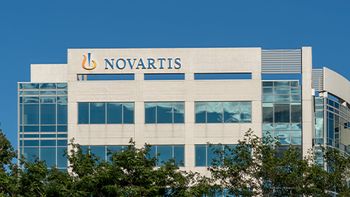
West Pharma adopts QbD practices for specifying syringe components
Starting with the NovaPure brand, company will build out QbD design principles for its product lines
Spurred on by FDA, Quality by Design (QbD) has been an operational goal of many pharma manufacturers for the better part of a decade, although the cost and complexity of it remains a challenge. Now, the practice is showing up among suppliers to the pharma industry. At the PDA Annual Meeting (Phoenix, Apr. 16), West Pharmaceutical Services (Lionville, PA) announced that its recently introduced NovaPure line of serum and lyophilization stoppers and serum plungers has undergone a QbD product development process, and those design elements could now be incorporated into comparable QbD efforts by the manufacturers who would use these components. The end result should be more predictable, more consistent product quality during manufacturing, and an easier time with FDA during inspections and product approvals.
“This is the end result of a three-year development process for us,” says Fran DeGrazio, VP of marketing and business development at the firm. “The second product that we initiated took us 18 months, so we have definitely leveraged our earlier experiences.”
Different organizations handle QbD different ways, but the basic approach is to define a target based on patient and customer needs. These are the Quality Target Product Profile (QTPP) and the Critical Quality Attributes (CQAs). Process mapping and risked-based analysis to determine the Critical Process Parameters (CPPs) are defined. CQA and QTPP information can guide the FDA approval and review processes for drug manufacturers, and has the potential to reduce off-spec product. “The total cost of ownership of a manufactured product will be lower with QbD in place, and there will be fewer end-of-line rejects, lower inventory requirements and, ultimately, better patient safety,” says DeGrazio.
Newsletter
Stay ahead in the life sciences industry with Pharmaceutical Commerce, the latest news, trends, and strategies in drug distribution, commercialization, and market access.





